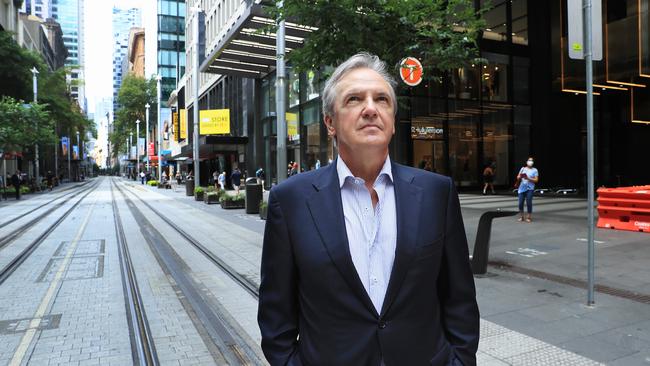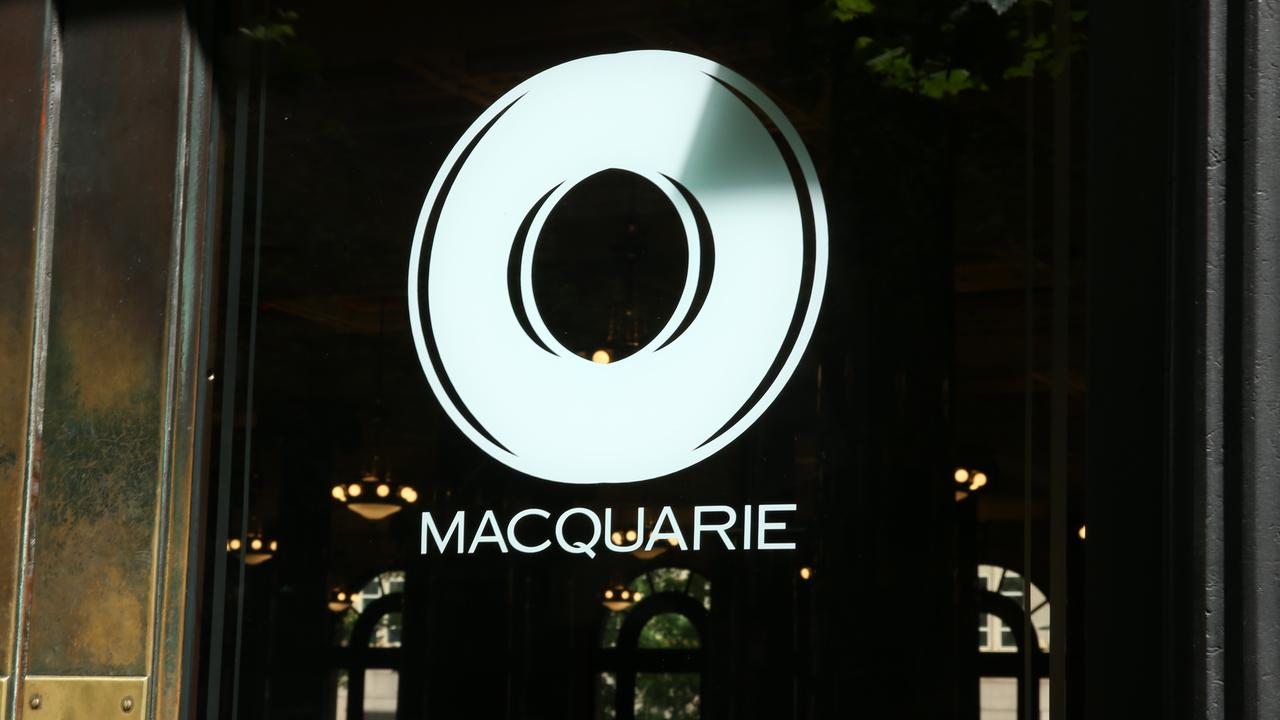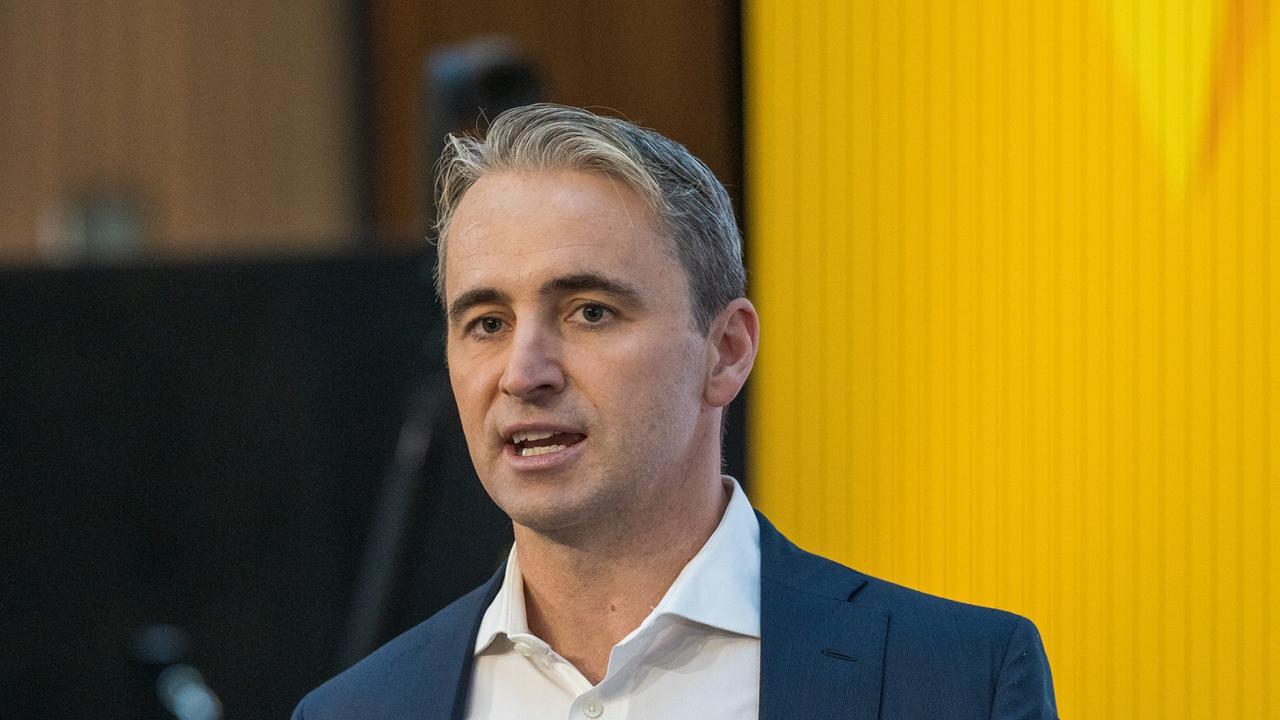
While there are no longer any mega-mergers in train – like the one between QSuper and Sunsuper which created the $240bn Australian Retirement Trust – a range of smaller deals are in the works or under discussion.
“Mergers will remain part of the superannuation landscape in 2023 as funds seek to achieve the scale, they need to drive down administration and investment fees, access the best investment opportunities, and continue to grow their exposure to international private markets,” Martin Fahy, the chief executive of the Association of Superannuation Funds of Australia, told The Australian.
While mergers have been in train for some time, as funds cope with increasing regulatory pressures and find economies of scale in administration and investment fees, smaller funds are also under pressure from the Australian Prudential Regulation Authority to seek to join larger funds.
Industry sources have indicated that super funds with assets of $30bn will need to look at mergers to gain the economies of scale needed to survive.
While super funds are due to benefit from the increase in the superannuation guarantee to 11 per cent in July – as part of a move to 12 per cent by 2025 – the operation of Your Future, Your Super performance tests, which came in operation in 2021, have put individual funds under scrutiny, giving APRA more ammunition to encourage mergers for under performing funds.
Mr Fahy said specialised super funds, including those linked with an occupation, would “continue to be a part of the superannuation landscape in 2023.”
“These funds will seek to exploit a comparative advantage across member experience, ESG, insurance and other elements of the member proposition,” he said.
But he said the sector would eventually be dominated by a small number of megafunds.
“With the aggregates of the system (compulsion, universality, the move to 12 per cent and preservation) largely assured, the dynamic of the sector will see a handful of funds with $250bn under management take their place amount the largest defined contribution pension funds around the world,” he said.
But he said increasing scale would also put funds under pressure to cope with internalising fund management, while maintaining a strong sense of purpose and risk management. He said the sector in 2023 would also be shaped by “wider context of legislating a purpose for superannuation, the review of the YFYS provisions and the ongoing political and economic headwinds.”
The number of superannuation funds in Australia has been steadily reducing in all sectors.
The number of industry funds has come down from 42 in 2016 to 28 in November, at a time when its assets more than doubled from $466bn to $1.1 trillion over the same period. This has increased the average size per industry fund from $11bn to almost $40bn.
The total number of retail funds has almost halved from 142 in 2016 to 82 in November, while assets under management have only grown from $545bn to $633bn as its grip on the sector has continued to decline.
Australian corporations have also been closing down their own super funds, with the total number of corporate funds down from 32 in 2016 to only 12 in November, with total assets in the sector steady at $55bn.
In an earlier interview with The Australian, Australian Retirement Trust chair Andrew Fraser, the ex-Queensland treasurer, said his fund was open to more mergers. He said the fund was already in discussions with smaller funds about possible mergers.
His comments follow the merger of the $8bn Australia Post super fund with ART in April and the announcement in May that Woolworths would appoint ART to manage its $4bn fund on behalf of 30,000 employees. The move saw Woolworths end a 15-year relationship with AMP.
“There are others under way, but they are not quite for public consumption yet,” Mr Fraser said.

David Bell, the executive director of the Conexus Institute, a superannuation think tank, said there would “undoubtedly be more mergers in 2023.” “APRA has provided plenty of guidance, both publicly and likely privately to funds, that they want to see cost efficiencies and the most obvious way is through fund consolidation,” Mr Bell said.
“Any fund that is small or medium will be discussing whether a merger is something that is in their member’s best interests.”
“Any big fund will be considering the tactical opportunities of merging with a smaller fund, specifically the question of whether it is worth the effort.”
But he said the pace of consolidation in the sector could be expected to slow down, with many of the more attractive mergers already having taken place. “Scale brings obvious benefits in areas like investment, insurance, and administration, and provides the base for funds to meet the emerging challenges of increasing reporting complexity (to public, members and regulators), data, and retirement solutions,” he said.
But mergers also created administrative challenges in bringing together staff, IT systems, insurance arrangements and investment portfolios which could be demanding,” Mr Bell added.
He said there was a “role for well-managed small and medium funds” particularly if they were focused on a sector with positive demographics. But he warned that “the regulatory scrutiny of these funds will always be sharp”.
Simon Swanson, chief executive of ClearView, said the “enthusiasm for big mergers” in the superannuation sector would continue in the short term. He said pressures for mergers included economies of scale and “regulatory pressure for a more manageable superannuation system by having fewer funds to manage.”
But with so many of the obvious mergers already done, he said it would get more difficult in future to justify that the benefits of many more big deals outweighed the risks including the challenges of integration. “There are diminishing returns, the bigger the deal after a certain point,” he said.
Mr Swanson predicts that continued consolidation in the sector could see the evolution of mega funds worth $300bn to $400bn in five years’ time. But he argues that the sector will not go the way of the banking industry, with the biggest fund still having assets of less than 10 per cent of the system.
And the retail sector would “make a fight of it” over the next five years through technology and performance, he said.




This year is shaping up as another big one for mergers in the $3.3 trillion superannuation industry as funds search for more economies of scale in a competitive sector.